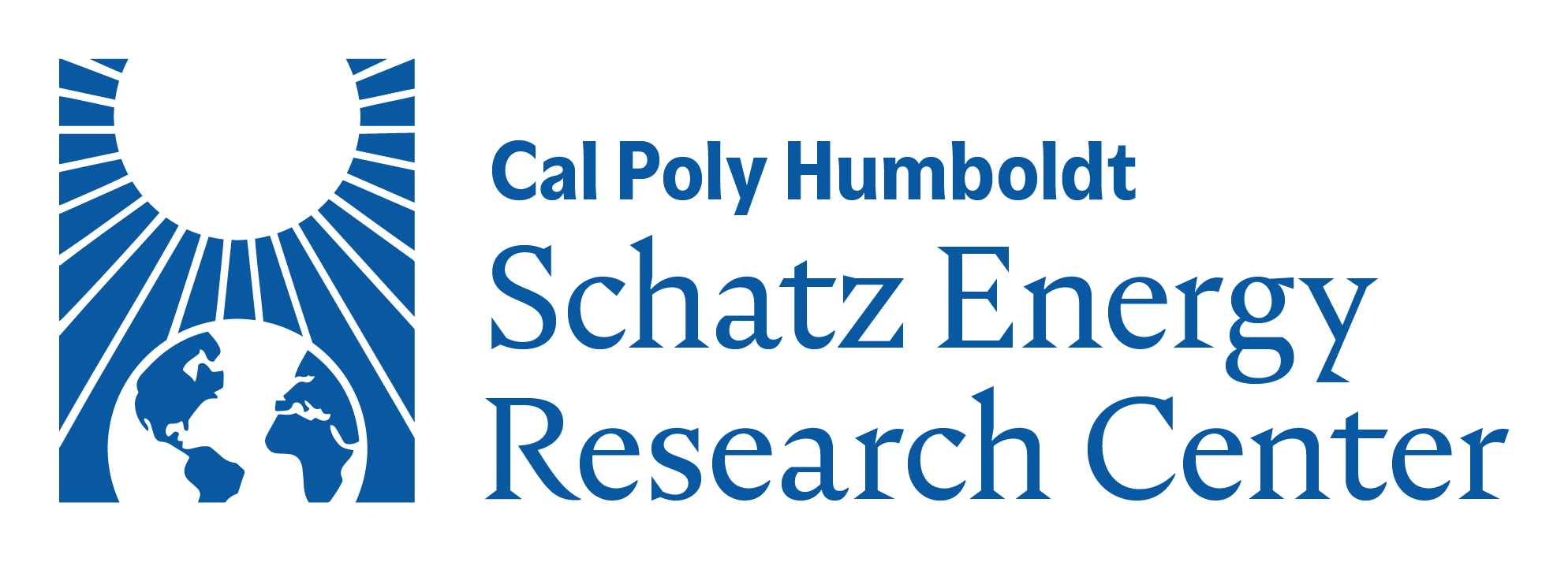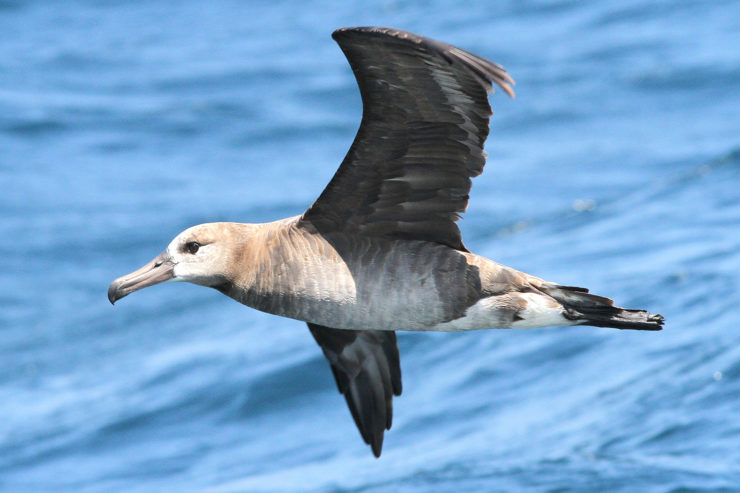Tuesday, Sept 24 from 1:00 to 3:00 pm (Pacific)
- Presented by: Eli Wallach and Arne Jacobson of the Schatz Center, and Stephanie Schneider and Sharon Kramer of H. T. Harvey & Associates.
- Expert Panelists: Lisa Ballance (Oregon State University), Scott Johnson (U.S. Fish and Wildlife Service), and David Pereksta (Bureau of Ocean Energy Management)
Due to strong and reliable winds off California, offshore wind will play a key role in the state’s goal to achieve 100% renewable energy by 2045. A new report led by the Schatz Energy Research Center in collaboration with H. T. Harvey & Associates evaluates the tradeoffs between the collision vulnerability of 44 seabird species and the offshore wind power-generation potential along California’s coast. This work will improve understanding of seabirds in 3D and help evaluate potential locations for future wind energy developments with minimized impact to seabird populations.
The study model uses a multi-objective optimization framework to balance between seabird densities at rotor-swept heights and anticipated energy production. The objective is to highlight regions that minimize seabird exposure while ensuring viable power generation. The results indicate that while seabirds are very abundant in the study area, most remain below rotor-swept heights and concentrate nearshore and to the south. Long term data suggests that about 8% of the seabird community is likely to be present above 10 meters, primarily the abundant Sooty Shearwater (a dynamic soaring species) and gulls.
These findings can guide offshore wind site selection to ensure California’s renewable energy development considers seabird populations, focusing on those that are most vulnerable.
This webinar will explore the methods used to model the collision vulnerability for forty-four seabird species, and how wind facility power generation was simulated. And, we will discuss possible tradeoffs between seabird vulnerability and power generation.
About the POWC
This webinar is being hosted by the Pacific Offshore Wind Consortium (POWC, pronounced pow-sea), which is a joint effort between three research centers: the Schatz Energy Research Center at Cal Poly Humboldt, the Pacific Marine Energy Center at Oregon State University, and the Center for Coastal Marine Sciences at Cal Poly San Luis Obispo. These universities are all housed in and supported by the coastal communities that are anticipated to host floating offshore wind development. Together, the consortium aims to advance three pillars: (i) research and innovation, (ii) university-level workforce education and professional development, and (iii) community and Tribal engagement and knowledge exchange. Learn more about the POWC here.
Additional resources
- If you’d like to receive emails about our offshore wind research and details on related webinars and presentations, please send us an email at windstudies@schatzcenter.org.
- Learn more about our offshore wind research.
- This project is funded by the California Energy Commission’s EPIC program. Learn more about EPIC.
















